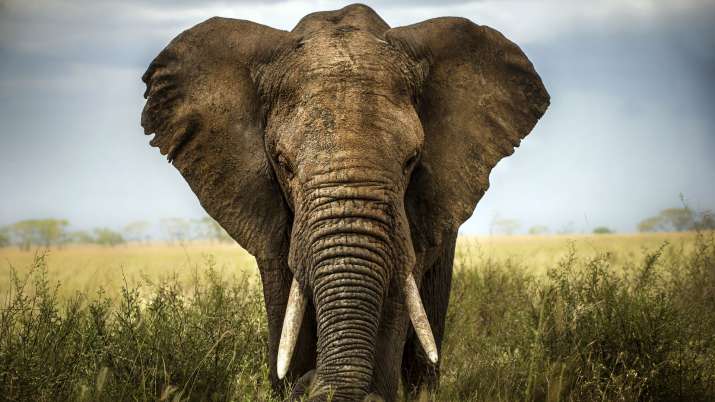Satellite images for Elephant Survey
Recently, the researchers from the University of Oxford Wildlife Conservation Research Unit and Machine Learning Research Group have detected the elephants in South Africa using the Artificial Intelligence from space. This survey is being claimed as more accurate as compared to the detection by Human. For the purpose of survey, researchers used the highest resolution satellite imagery called Worldview3.
Background
Earlier, the elephants were traced by manned aircrafts methodology. It was the most common method of survey to keep eyes on elephant populations in savannah environments. Under it, aerial counts were undertaken from manned aircraft.
What was the need for new methodology?
The manned aircrafts methodology was not delivering the accurate results. This is because, under the methodology, observers on aircraft are prone to get exhausted. Because of this, the survey was getting delayed and sometimes getting hindered by poor visibility. Inaccurate survey was also leading to the misallocation of resources and misunderstanding of the population trend. Further, the aerial surveys are costly and logistically challenging.
About the new methodology
Under the new methodology, the satellite images are appeared as grey blobs depicting as elephants wandering through the trees. These elephant counting is done through machine learning which is a computer algorithm that has been trained to identify elephants.
Significance of AI based methodology
The new methodology us accurate. Thus, it will help in and improve the Conservation of the elephant. It will also help in counting and monitoring the movement of the elephants which in turn would help in anti-poaching work.
Elephant count in South Africa
There are some 24,000 elephants in South Africa. The population of elephant has risen from the 1920s. In 1920s there were less than 150 elephants there. In one of the famous parks of South Africa, Kruger Park, there are about 17,000 elephants against its planned limit of about 7,500.
Month: Current Affairs - January, 2021


